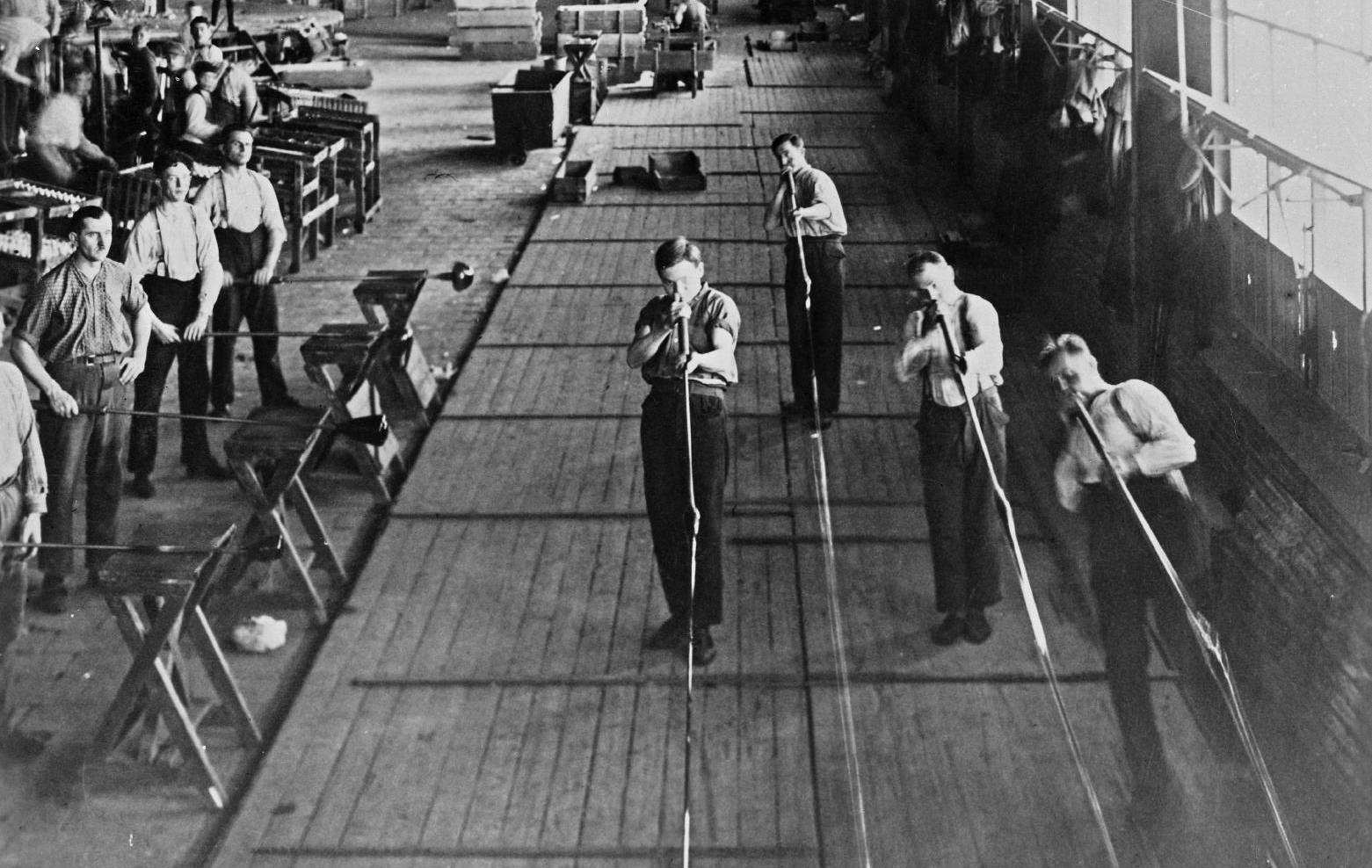The origins of Strijp‑S
“I was a resounding success from the very start in 1916. Which building can claim that it was extended four times in eight years? Just saying. Another glass building was added in 1925, which actually still carries that name. Which is a thorn in my side, really. At the end of the day, Strijp‑S was started here and nowhere else. People ramble on about the Klokgebouw and the Machinekamer, where things are happening, so to speak. But they were just the workers’ buildings in the past. If I hadn’t produced that many bulbs at the beginning, those other buildings wouldn’t even have been built. People forget that sometimes. And glass blowers were skilled artisans, you know. Most were from Maastricht or Leerdam, or from even further afield like Germany and Belgium. Those men earned 20 guilders a week even 100 years ago. TWENTY GUILDERS a week!

